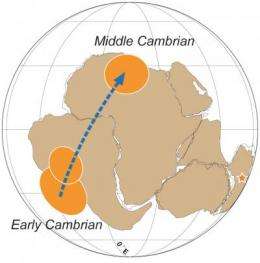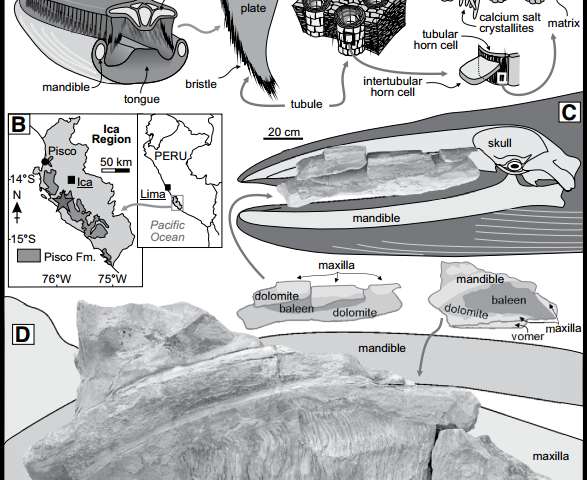At http://phys.org/print399653135.html … the origin of Saudi Arabia's Ghawar giant oil field is the subject of this link. It would take a massive amount of vegetation to be transformed into the massive oil field – virtually dense tropical vegetation. Plate Tectonics doesn't seem to be the answer. It is too slow. The vegetation must have been converted much more quickly – or this is the thrust of the article. Of course, quickly in geological terms is nothing like instantaneous – but reading between the lines we may wonder why not. The article is in GSA Today and rapid polar wander is suggested (in order to get continents moving fast and vegetation to pile up in the necessary way to convert into oil).
It is reminiscent, in a way, to a paper a few years ago, provided by Yale University – see http://phys.org/print200672880.html – the supercontinent Gondwana, it was theorised, underwent a massive shift in the Cambrian (and we have all heard of the Cambrian explosion and the subsequent mass extinction event at the end of the Cambrian.


This brings me round to another story, at http://phys.org/print391254364.html … the fossil skeletons of hundreds of marine vertebrate just 9 million years ago – much more recent than the Cambrian event(s). The process has some similarities as there was a large number of stranded marine animals. Again, this too was published by GSA – see also http://geology.gsapubs.org/content/early/2016/08/23/G38216.1/abstract
